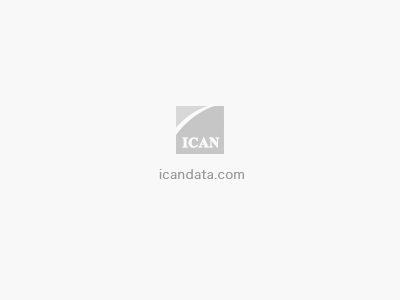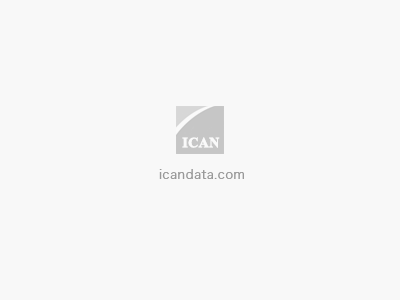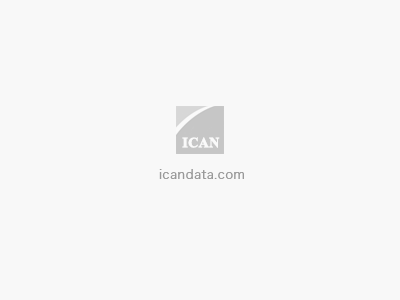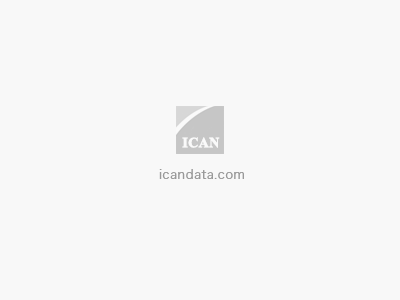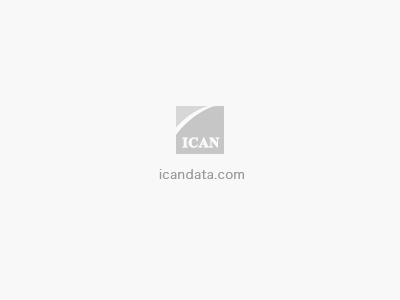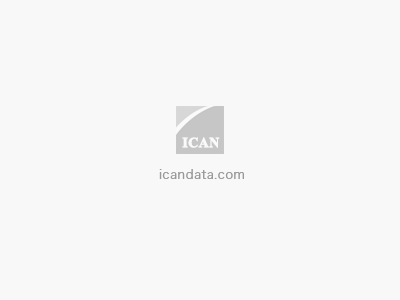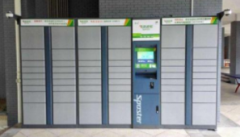数据来源与研究方法:
- 对行业内相关的专家、厂商、渠道商、业务(销售)人员及客户进行访谈,获取最新的一手市场资料;
- 艾凯咨询集团对长期监测采集的数据资料;
- 行业协会、国家统计局、海关总署、国家发改委、工商总局等政府部门和官方机构的数据与资料;
- 行业公开信息;
- 行业企业及上、下游企业的季报、年报和其它公开信息;
- 各类中英文期刊数据库、图书馆、科研院所、高等院校的文献资料;
- 行业资深专家公开发表的观点;
- 对行业的重要数据指标进行连续性对比,反映行业发展趋势;
- 通过专家咨询、小组讨论、桌面研究等方法对核心数据和观点进行反复论证。
报告简介:
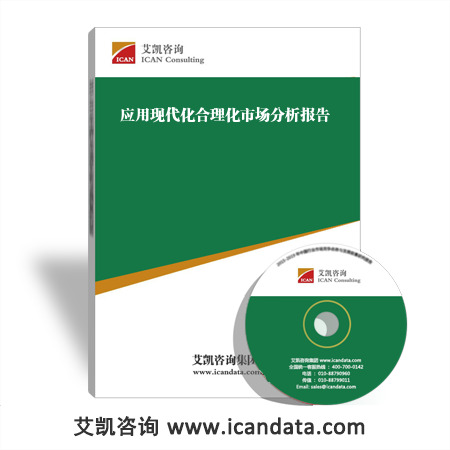
摘要
IT organizations are rapidly realizing that there is no “one plan fits all” in an application portfolio modernization and rationalization initiative. Rather, there are many legacy modernization options, forcing the determination of transition status and priorities. Success depends on the ability to address the end-to-end application portfolio with a clear understanding of interdependencies and business impact. While legacy applications are running on all types of platforms, from mainframes to distributed solutions, the most common issue is that they constrain the business.
A key objective of most modernization and rationalization activities is to leverage software architectures that permit a more responsive and, ideally, more cost-effective environment. In most enterprises, business applications have evolved organically. When mergers and acquisitions have occurred, rationalization activities have been marginalized by cost constraints and new business requirements. Rather than the traditional organic approach, we are now seeing more focused activity emerging within many enterprises, where they are striving to create a master plan for where the business wants to be. It does not have an end date since it is acknowledged as a journey, though it typically has defined milestones. The key is to let business requirements dictate technology solutions and architectures, ideally against a set of desired architectural standards.
目录及图表
- Overview
- The overview
- The effort
- The problem
- Where to start
- Modernization strategies
- Modernization improvements
- Modernization best practices
- Where application modernization fits
应用现代化,合理化,Application





